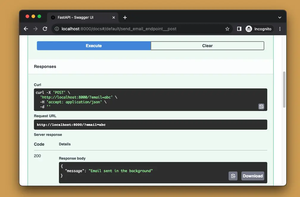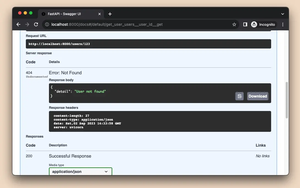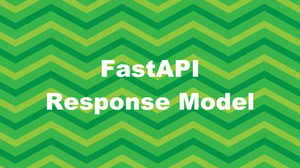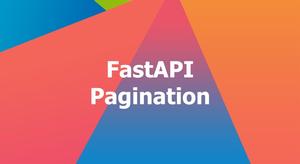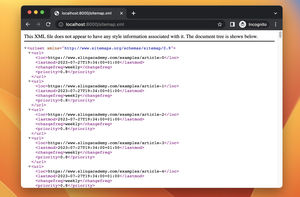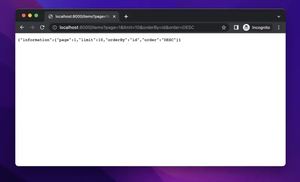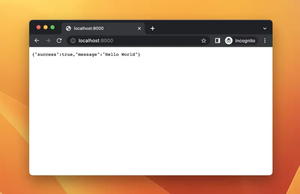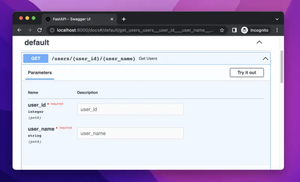The Problem
When developing with FastAPI, the flexibility and power of the framework is nevertheless accompanied by certain challenges, such as the ‘circular references error’. This error occurs when FastAPI detects that Pydantic models or other parts of your application are referencing each other in a circular manner. Below, we’ll explore the causes of this issue and provide several solutions to resolve it.
Circular references in FastAPI most commonly occur due to the following reasons:
- Pydantic models have attributes that reference each other, creating a cycle.
- Application routers or dependencies import modules that, in turn, import the calling module.
- Database relationships are configured in a way that they reference each other directly, with no clear hierarchy.
Solutions to Resolve FastAPI Circular References
1. Use Forward Declarations
Solution description:
Modify your Pydantic models to use ‘Forward Declarations’ which refer to a type that has not been defined yet. This is one way to declare attributes that will exist without needing the actual type at the point of declaration.
Steps to implement:
- Import the annotations class from the future module to enable forward annotations globally.
- Replace the direct model import with a forward declaration as a string.
- Use Pydantic’s
BaseModel.update_forward_refs()method after the model definitions to resolve these references.
Code example:
from __future__ import annotations
from pydantic import BaseModel
class ChildModel(BaseModel):
name: str
class ParentModel(BaseModel):
name: str
child: 'ChildModel'
ParentModel.update_forward_refs()
Advantages:
- Simple implementation that works in many scenarios.
- Improves model importing efficiency.
Limitations:
- Might not resolve complex circular dependencies involving multiple modules.
2. Model Refactoring
Solution description:
Refactor Pydantic models to remove direct references, which often involves splitting into separate models or creating a shared base model that does not cause circularity.
Steps to implement:
- Identify and separate common attributes into base models.
- Implement child models that inherit from these base models.
- Update dependent code accordingly to work with the new structure.
Code example:
from pydantic import BaseModel
class CommonAttributes(BaseModel):
name: str
class ChildModel(CommonAttributes):
age: int
class ParentModel(CommonAttributes):
child_id: int
Advantages:
- Improves code maintainability by separating concerns.
- Reduces direct model inter-dependencies, allowing for more modular architecture.
Limitations:
- May require significant changes to existing codebases.
- Could lead to duplication of some fields/actions.
3. Strategic Import Placement
Solution description:
Defer module imports in FastAPI until they are absolutely necessary, usually inside functions or endpoints, to avoid circular dependencies on module initialization.
Steps to implement:
- Locate the import statement causing the circularity.
- Move the import statement into the function or method where it is actually needed.
- Test the endpoints to ensure that the late import resolves the issue without introducing other errors.
Code example:
# inside `some_router.py`
from fastapi import APIRouter
router = APIRouter()
@router.get('/some-path')
def some_endpoint():
from .models import SomeModel
# function logic using SomeModel
pass
Advantages:
- Easily implemented with minimal changes.
- Does not require changing the architecture of your models.
Limitations:
- May reduce code clarity by having imports scattered throughout the file.
- Could introduce unexpected behavior if not managed carefully.
Armed with these strategies, developers can control and eliminate circular dependency errors within their FastAPI projects, leading to cleaner and more robust applications.
